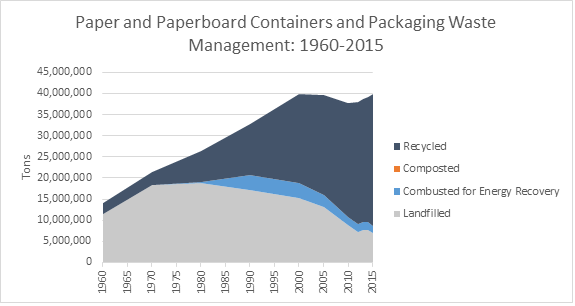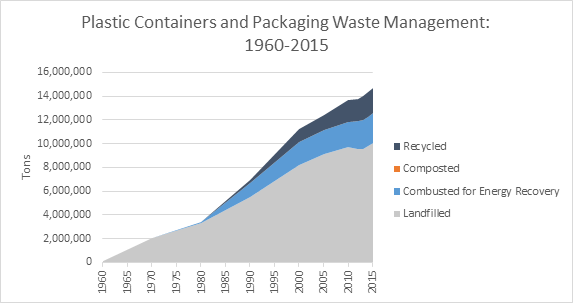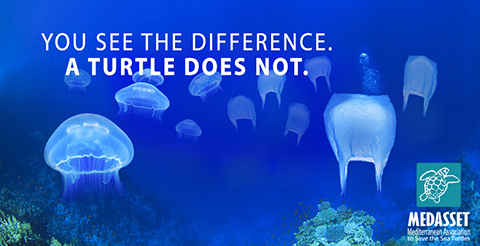Paper or Plastic? Indeed.
Far from the confines of your grocery or clothing store cashier’s standard questions, our society’s war between Paper and Plastic continues to rage on, pitting the advantages and disadvantages of plastic bags versus the use of paper bags for everything from enclosing your worst household trash to safely carrying your favorite new blue jeans.
The ubiquity of plastic bags aside, one must wonder if too much of something is still a good thing. But first, let’s visit some quick history…
Beginnings...
Plastic gains swift acceptance
 Plastic bags made their first commercial entry into the United States in the late 1970’s and for awhile, plastic became THE anticipated replacement for it’s older paper cousin.
Plastic bags made their first commercial entry into the United States in the late 1970’s and for awhile, plastic became THE anticipated replacement for it’s older paper cousin.
But in time, society became curious, then alarmed, at the possible implications of plastic’s sustainability from an environmental perspective. Some states examined plastic use and when data appeared pointing to more accurate environmental plastic impact, government agencies started to take notice and make policy changes.
Economic impacts
2009 saw the District of Columbia voting for a new law that required all business retailers moving food and/or alcohol products to consumers to add on an additional $ .05 fee for each paper or plastic sack used.
Policy changes & bans
As of August 2014, the first state to vote in favor of banning the usage of what’s known as a ‘single-use’ plastic bag was California. This ban was enacted statewide and was enforced at large retail stores such as Wal-Mart or Target.
Legislations across the United States start getting serious about plastics' presence.
Governments moving on plastic.
• 14.7 million tons of plastic were made in 2015.
• Plastic Bags decompose in 5-10 years.
• Paper bags decompose in 30 days.
• Over 16 states currently have or are in the processes of enacting or legislating bans, fees, higher taxation and reuse programs to control the usage of plastic bags in the US.
• Plastic bags were first introduced in 1977 and now account for four out of every five bags handed out at grocery stores.
• Recycling 1 ton of paper can save more than 15 trees.
• Paper is a renewable resource. Crude oil is not.
• Paper’s degradability is superior to its plastic counterpart.
• A packed standard-sized paper bag can hold up to 14 items, an average plastic bag often only holds 5-10 items.
When Paper dies.
Paper products offer a higher “degree of degradability” once their end of life stage has been reached. This makes paper the better environmental choice when disposed.

When Plastic dies.
Polymers present in the manufacturing of plastic products means that the chemical bonds are so tough, even Nature can’t break the compounds down into acceptable levels.


Plastic bags survive. Will Nature?
Estimates for plastic degradation at sea has ranged from 450 to 1,000 years. Estimated decomposition rates of most coastal plastic debris found are:
50 years
Foamed plastic cups
400 years
Plastic beverage holder
450 years
Disposable diapers
450 years
Plastic bottles
Life Cycle of Paper bags
1. Trees are chipped into small pieces, then cooked down into pulp.
2. The pulp is bleached white. Chlorine is added.
3. The pulp is water-drained, fed through rollers for flattening/drying.
4. Final paper product is wound onto giant roll ready to be made into products.
5. Once paper is discarded it can be recycled & remanufactured.
Life Cycle of Plastic bags
1. Plastic bags begin life with crude oil extraction.
2. HDPE is manufactured from crude oil leftovers.
3. Extruded into shape(s).
4. Product is used.
5. Product is recycled or disposed.
At Ronpak...
We understand that controlling cost is the prime directive in most business today.
That said, we are proud to have been able to work with some of the best brands in the world, bringing their ideas to life with the variety of finished, crisp and sustainable paper solutions that are good for the world – and the bottom line!

